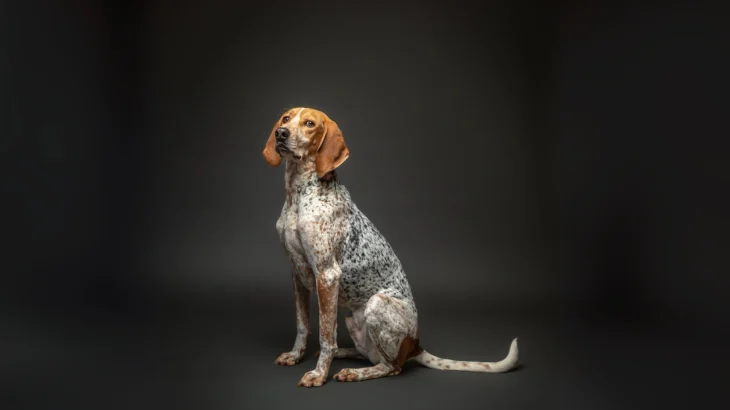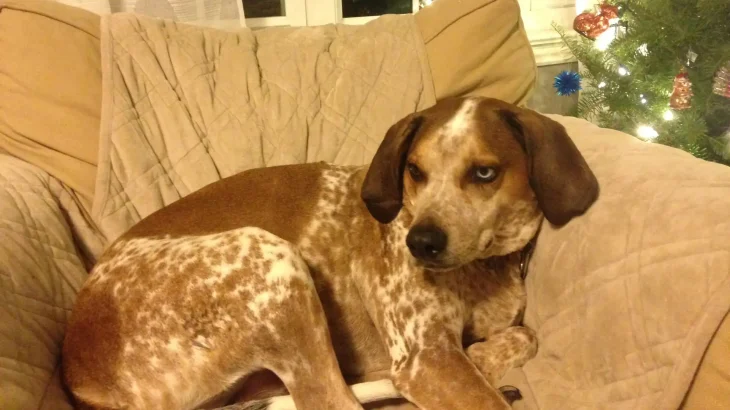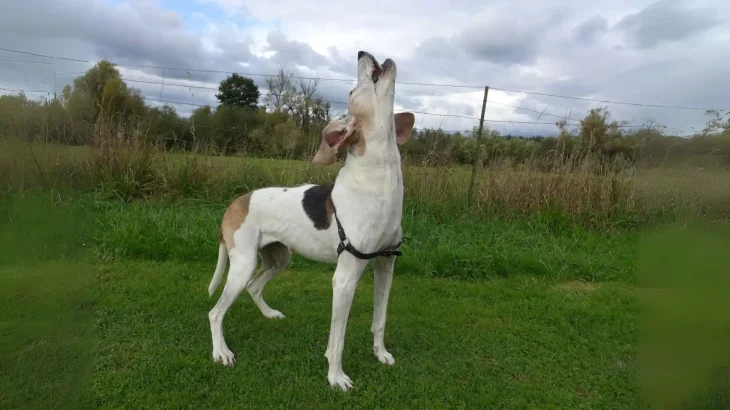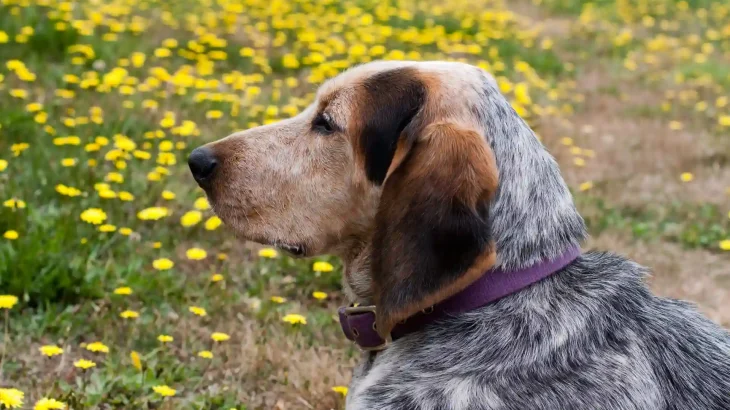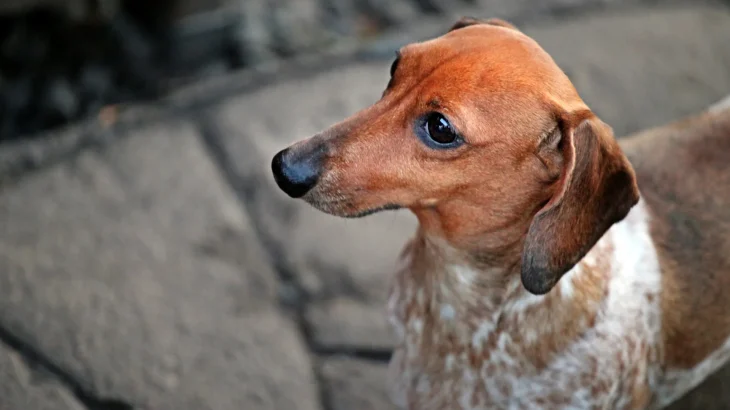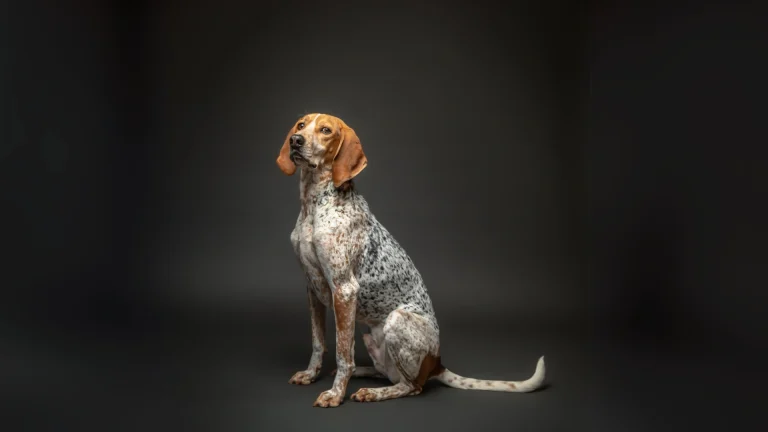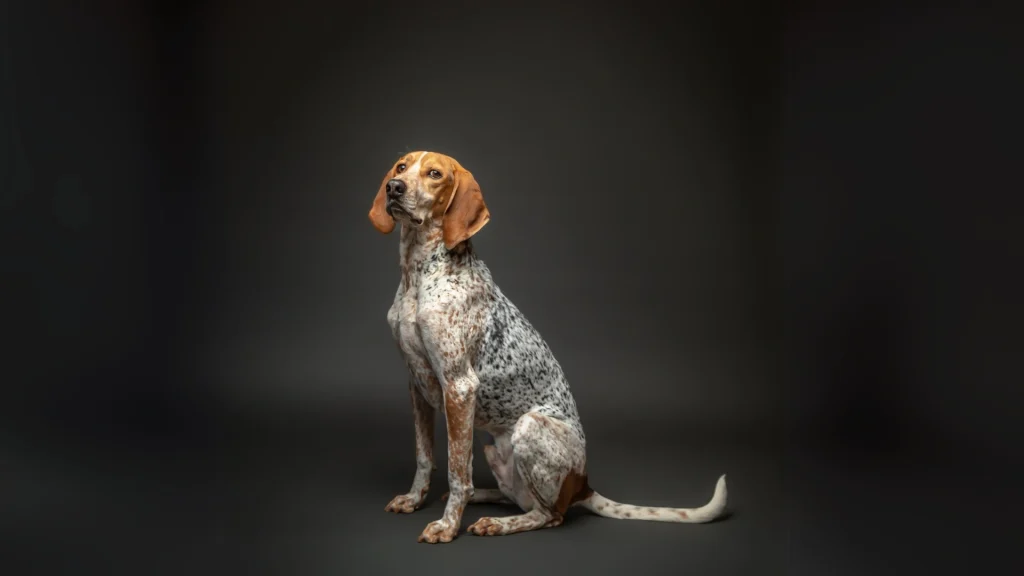When deciding whether to bring a new English Coonhound puppy into your home, you can either adopt or purchase from a breeder. Each option has its own advantages: adoption is often more affordable and supports animal welfare, while purchasing can provide clearer insights into health history and pedigree.
Adoption vs. Breeder: Pros & Cons
| Criteria | Buying from Breeder | Adopting from Shelter/Rescue |
|---|---|---|
| Cost | Higher initial price reflecting breed purity and lineage. | Lower fees, usually including vaccines, spay/neuter, and microchipping. |
| Health History | Detailed health and genetic background typically provided. | Basic health checks done; full history may be limited or unknown. |
| Age Availability | Primarily puppies, allowing you to raise them from early on. | Varied ages, including adults who may need a second chance. |
| Temperament Insight | Breeders can share lineage temperament information. | Shelter staff may provide behavior observations, but past unknowns exist. |
| Supporting Practices | Supports responsible breeding programs; choose ethical breeders carefully. | Supports animal welfare by giving homes to dogs in need. |
| Ethical Considerations | Risk of supporting unethical breeders; research is key. | Helps reduce pet homelessness and overpopulation issues. |

